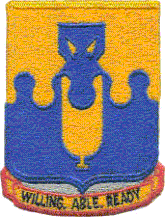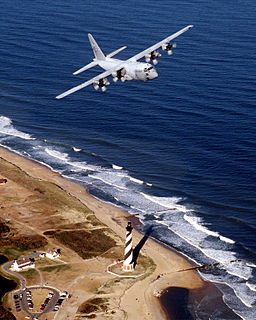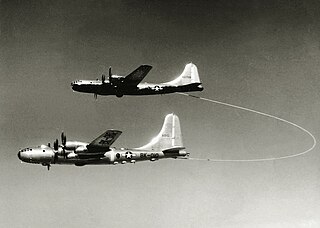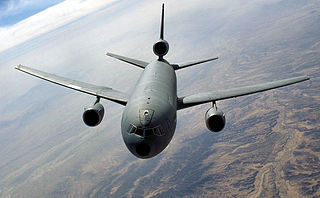| 43d Air Mobility Operations Group | |
|---|---|
C-130 Hercules of the 43d Operations Group [note 1] | |
| Active | 1941–1946; 1946-1952; 1992-1994; 1997-present |
| Country | United States |
| Branch | United States Air Force |
| Garrison/HQ | Pope Field, Fort Bragg |
| Nickname(s) | Gryphons |
| Motto(s) | Willing, Able, Ready |
| Decorations | Distinguished Unit Citation Air Force Outstanding Unit Award Philippine Presidential Unit Citation |
| Commanders | |
| Current commander | Col Kelly Holbert [1] |
| Insignia | |
| 43d Air Mobility Operations Group emblem (as of June 2016) |  |
| 43d Bombardment Group emblem (approved 31 January 1942) [2] |  |
The 43d Air Mobility Operations Group is an active duty air mobility unit at Pope Field, Fort Bragg, North Carolina (formerly Pope AFB), and is part of the Air Mobility Command (AMC) USAF Expeditionary Center. The unit is composed of five squadrons, including one of the only two active Air Force aeromedical evacuation squadrons based in the United States. The group's primary mission focuses on providing enroute operations and enabling global response and airborne support for Fort Bragg's 82nd Airborne Division.

Pope Field is a U.S. military facility located 12 miles (19 km) northwest of the central business district of Fayetteville, in Cumberland County, North Carolina, United States. Formerly known as Pope Air Force Base, the facility continues to be used by the United States Air Force but is now operated by the U.S. Army as part of Fort Bragg.
Fort Bragg, North Carolina is a military installation of the United States Army and is the largest military installation in the world with more than 50,000 active duty personnel. The installation is located within Cumberland, Hoke, Harnett, and Moore counties. The installation borders the towns of Fayetteville, Spring Lake, and Southern Pines. It was also a census-designated place in the 2000 census, during which a residential population of 29,183 was identified. It is named for Confederate General Braxton Bragg. It covers over 251 square miles (650 km2). It is the home of the Army's XVIII Airborne Corps and is the headquarters of the United States Army Special Operations Command, which oversees the U.S. Army 1st Special Forces Command (Airborne) and 75th Ranger Regiment. It is also home to the U.S. Army Forces Command, U.S. Army Reserve Command, and Womack Army Medical Center. Fort Bragg maintains two airfields: Pope Field, where the United States Air Force stations global airlift and special operations assets as well as the Air Force Combat Control School, and Simmons Army Airfield, where Army aviation units support the needs of airborne and special operations forces on post.

Air Mobility Command (AMC) is a Major Command (MAJCOM) of the U.S. Air Force. It is headquartered at Scott Air Force Base, Illinois, east of St. Louis, Missouri.
Contents
- Overview
- History
- World War II
- Cold War
- Modern era
- Lineage
- Assignments
- Components
- Stations
- Aircraft
- See also
- References
- Bibliography
The 43d Operations Group was redesignated the 43d Airlift Group on 1 March 2011 after the inactivation of the 43d Airlift Wing. [3] It was later redesignated the 43d Air Mobility Operations Group on 14 June 2016. [4]

The 43rd Airlift Wing is an inactive United States Air Force unit last stationed at Pope Field, part of Fort Bragg, North Carolina, where it was inactivated in March 2011. The wing performed en route operations support at Pope Field to include mission command & control, aircrew management, aircraft maintenance, aircraft loading, aircraft fueling and supply. Since the wing's inactivation, the 43rd Airlift Group has carried out airlift, maintenance, and base support at Pope Field.

































